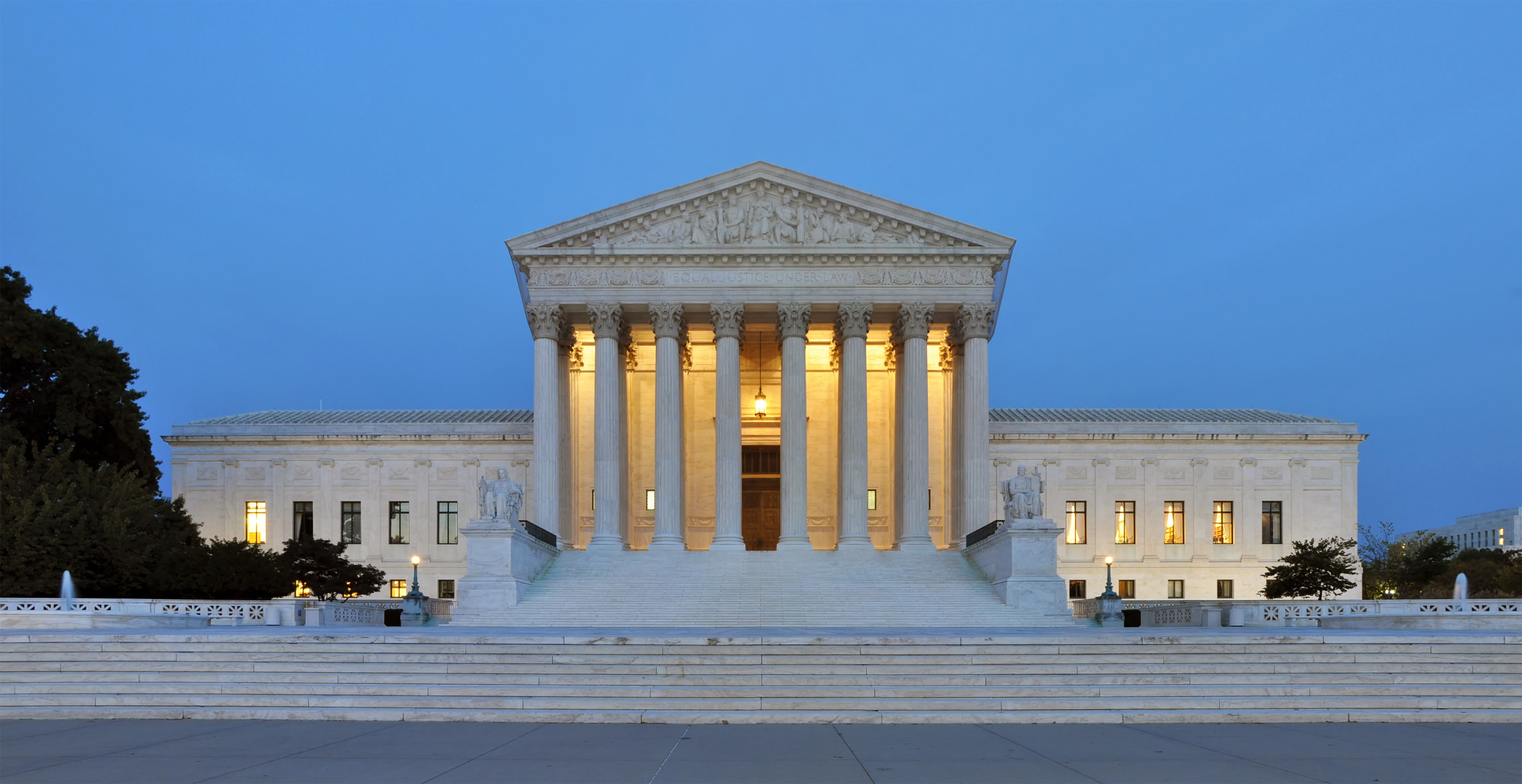If a number of recent Supreme Court decisions had been journalistic articles, rather than court opinions, they would likely never have been published.
In 2022, for instance, in West Virginia v. Environmental Protection Agency, the court limited the EPA’s ability to reduce coal use in electricity production by declaring unconstitutional an act that had not yet gone into effect, and where the harm that gave the plaintiff standing was based on a 2015 study that had been completely contradicted by subsequent events.
Last year the court ruled for a wedding website designer, Lorie Smith, who felt that including LGBTQ language on a website would violate her religious beliefs, even though the only evidence her lawyers produced that anyone had asked her to do so was a letter from a man named Stewart saying that he wanted her to design a website for his wedding to a guy named Mike. It turned out that Stewart was not gay, had been married to a woman for fifteen years, and did not write the letter. Also, Stewart turns out to be a website designer himself, so even if he had been gay and planning to get married, he wouldn’t need outside help.
Then there was the lawsuit that the court took up to overturn President Biden’s student loan forgiveness plan. To establish standing, Missouri’s then–attorney general, Eric Schmitt, cited the potential harm to MOHELA, a nonprofit group that services student loans. It turns out that the nonprofit vehemently opposed the suit, that the state was insulated from any losses MOHELA might suffer, and, to boot, that fees from implementing the loan forgiveness program were potentially much larger than any losses MOHELA might suffer.
If the majority opinions in these cases had been articles, fact-checkers would have asked the reporters for backup. Diligent reporters would have called Stewart. A reporter might have called MOHELA. Fact-checkers would have looked at the 2015 study by the Energy Department on the potential costs of the shift away from coal and compared that with what has happened as the nation shifted away from coal without any EPA mandate. They would have found that the shift away from coal had proceeded with none of the job losses, increased energy costs, or loss of GDP the study envisioned.
The pattern is continuing in the current session. The court just heard arguments in Moore v. US, which seeks to invalidate taxation of gains before they are realized. If Moore prevails, it would nullify the Biden administration’s attempt to institute a 2 percent wealth tax on the very richest Americans. The lower courts accepted the assertion that Charles and Katherine Moore were minority shareholders with no management role in a small company that sold power tools. It turns out that Charles Moore served as a director of the company for five years and was a major shareholder until he sold his shares. Management answers to directors.
There’s a caveat on these factual failures. Supreme Court majority opinions are not articles, and both the appeals courts and the Supreme Court focus on law, not facts, which are assumed to be settled at the local court level. Once something is in the record, it can’t be taken out. Does this mean that if a lower court botches the facts, the Supreme Court is stuck with them? Not exactly. In her blistering dissent on West Virginia v. EPA, Elena Kagan spends some time explaining how that Energy Department study, which the majority opinion cited numerous times, was contradicted by what happened subsequently.
What we may be seeing in these Supreme Court fails is the price of the disappearance of local news. Stewart, the alleged letter-writer in the wedding website case, told Melissa Gira Grant, the journalist who broke the story about the fake letter in the New Republic, that she was the first person ever to call about the case. In fact, he didn’t know about his starring role in it until Grant told him.
Grant pointed out that Stewart’s phone number was right there in the filing. Think about that: a case with major implications for free speech and basic rights made its way to the Supreme Court, and yet, over the span of seven years, no one from the press tried to find out whether Stewart was real.
And it’s going to get worse. A recent report by Northwestern’s Medill School of Journalism estimated that by the end of 2024, one third of the local newspapers that published in 2005 will have disappeared. Many of those that survive will have drastically reduced their reporting staff.
Deeply flawed cases making their way to the Supreme Court without challenge may be just one, surprising, cost of the vanishing local press.
Eugene Linden has published one novel and ten books of nonfiction, most recently Fire and Flood: A People's History of Climate Change from 1979 to the Present. His website can be found at eugenelinden.com.

